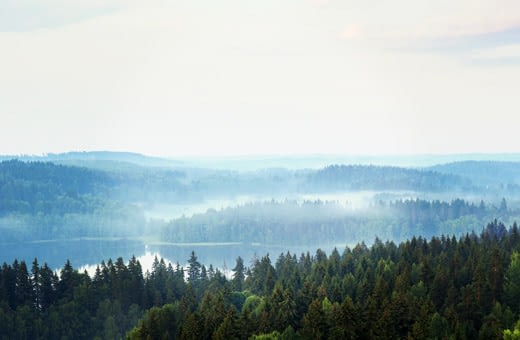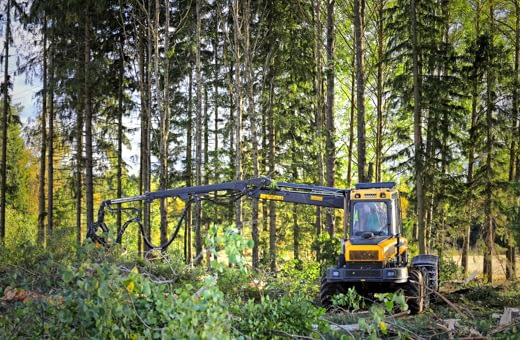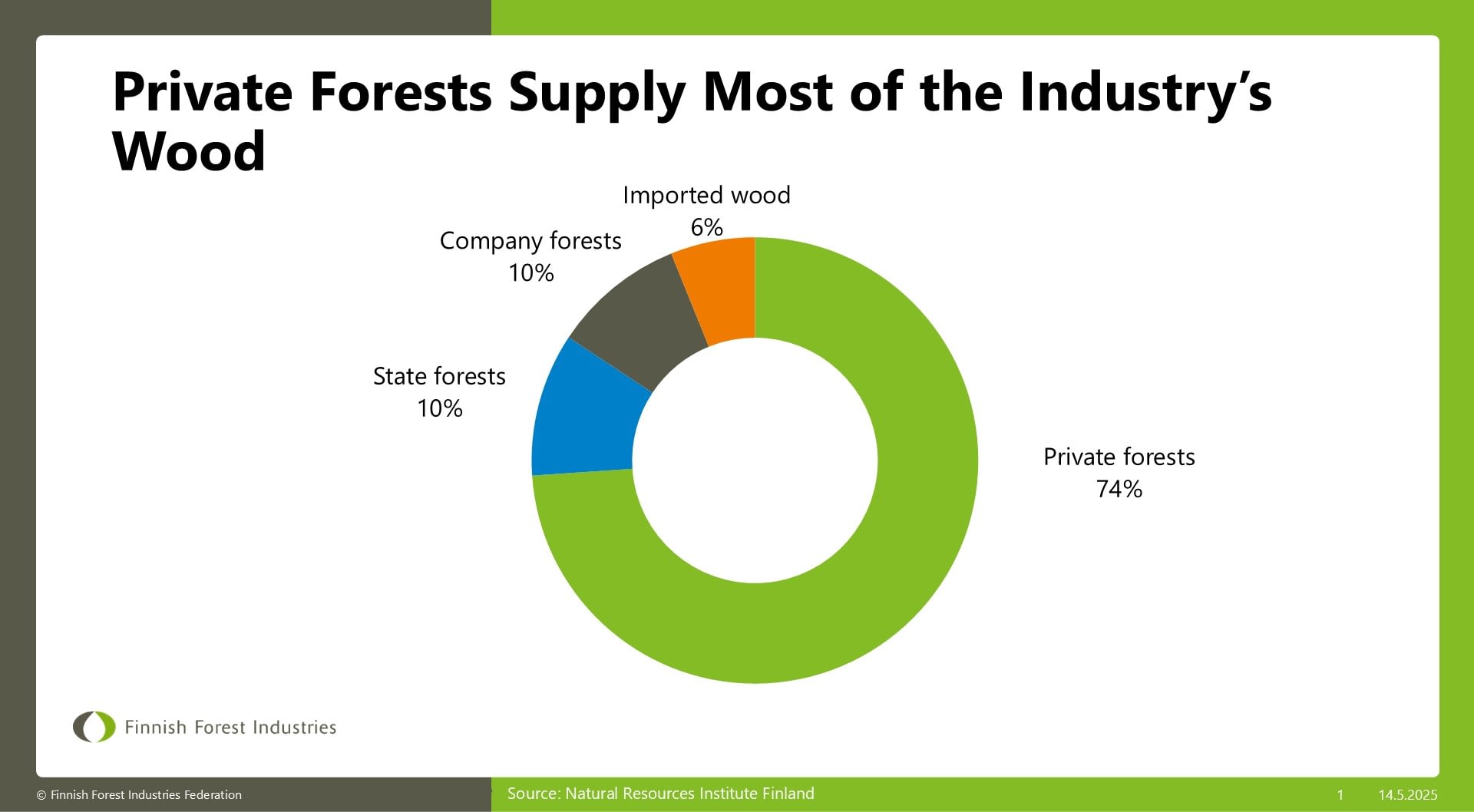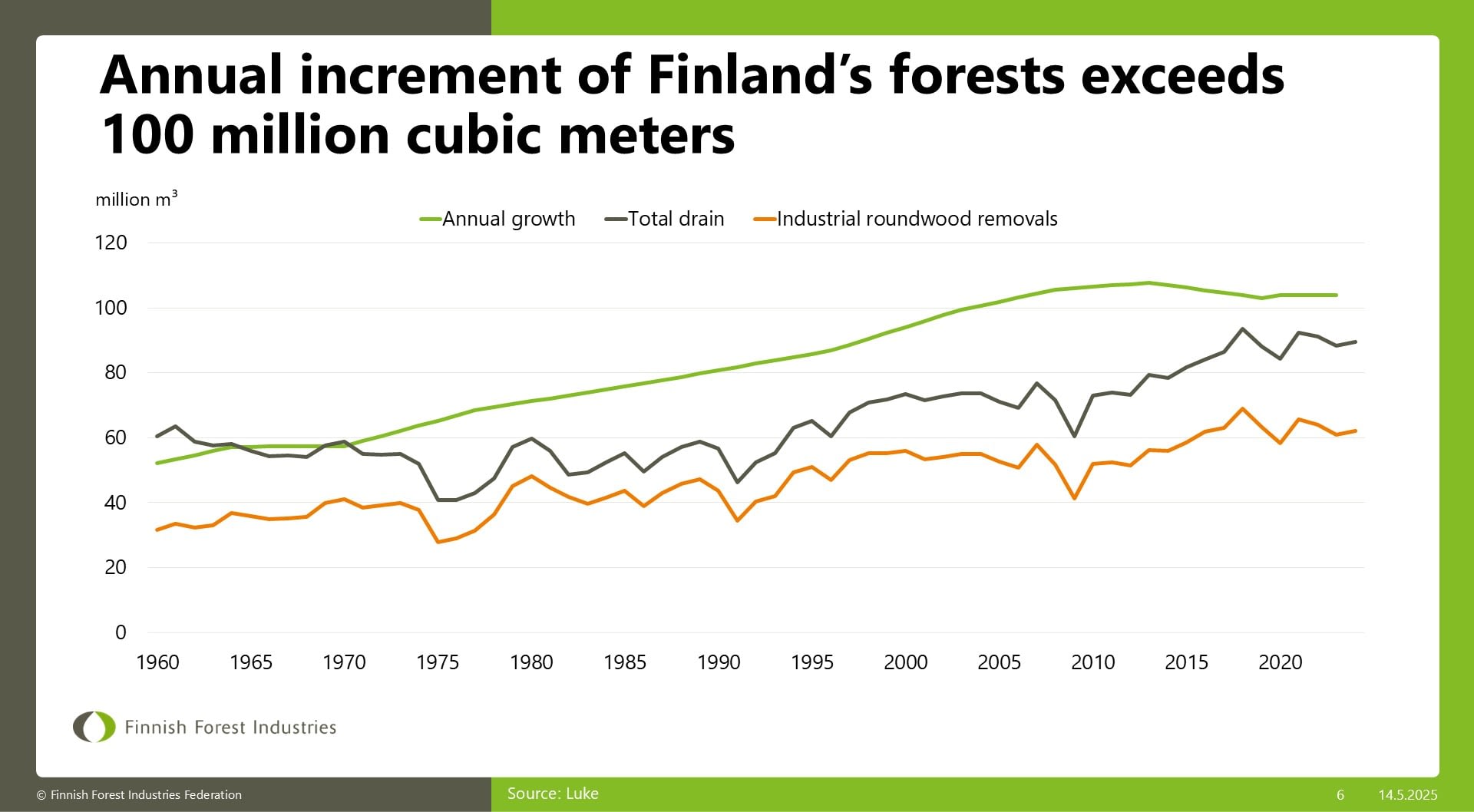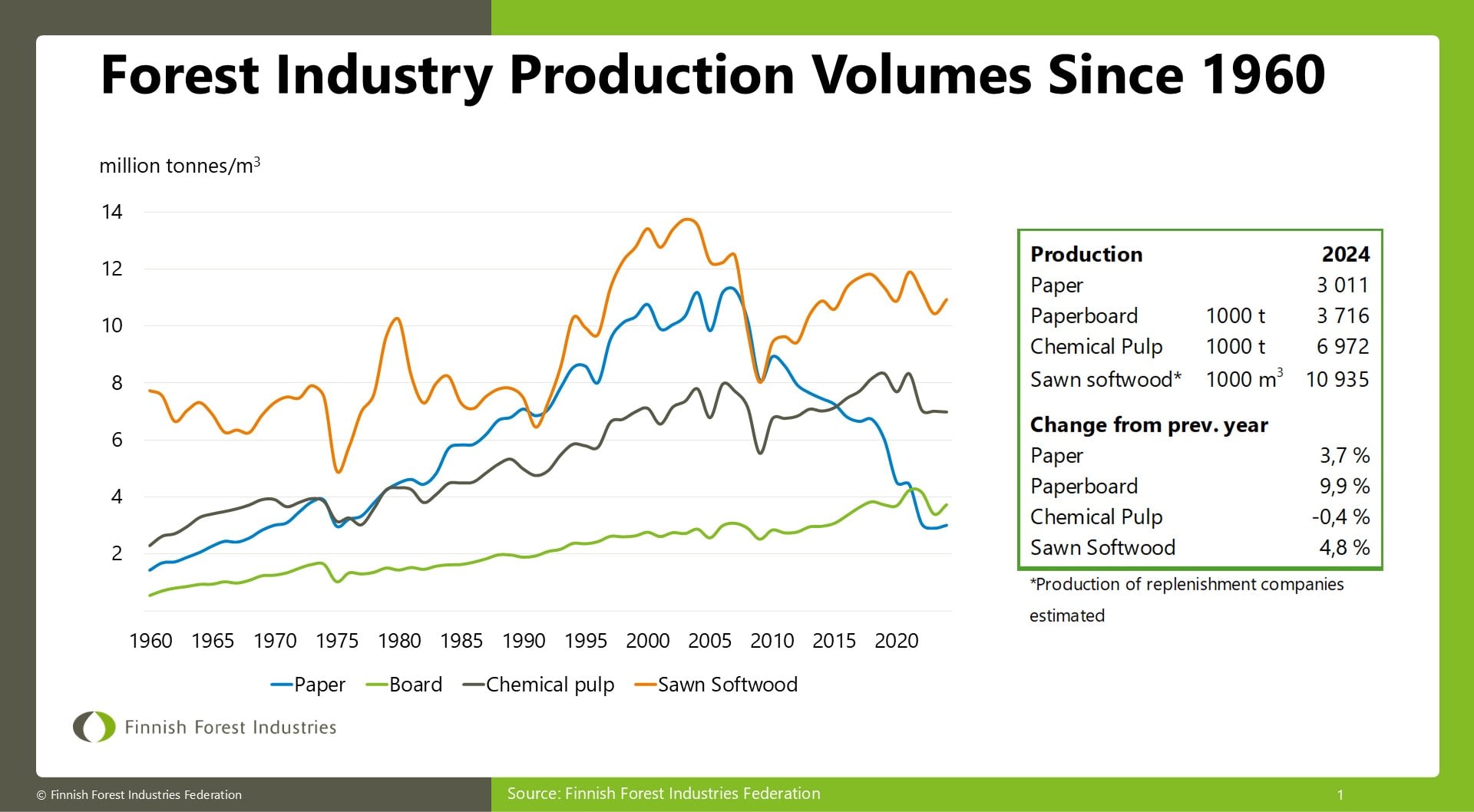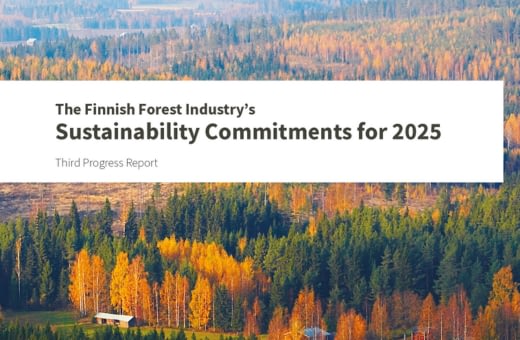Finnish Forest Industries Federation and Finnish Sawmills Association have published a biodiversity road map of the wood processing industry. Scientific research behind the road map shows that the state of several indicators of biodiversity have improved in the forests of Finland during the last decades.
Future models show that the measures already in place and the measures to be further intensified will reinforce this positive trend. For example, the volume of broad-leaved trees has almost doubled in southern Finland during the last 40 years. Furthermore, the extensive introduction of global forest certification in Finland has made retention trees part of forest management and the volume of retention trees has dramatically increased and will continue to do that in the coming decades. Retentions trees form decaying wood in the future.
The wood processing industry wants to improve forest biodiversity. The new roadmap encourages the implementation of biodiversity measures more extensively and emphasises the importance of measurements in the forest and communication.
The basis of the biodiversity of Finnish forests nature will continue to be created by Finnish natural tree species. The road map highlights activities already in place. These are increasing deciduous trees and mixed forests, increasing quantity and quality of decaying wood, and maintaining valuable habitats. They all benefit the forest nature. Furthermore, special attention will be paid to sun-exposed habitats and herb-rich forests.
Wood processing industry emphasizes the role of collaboration within the forest value chain, NGOs, researchers, other sectors as well as political decision makers.
